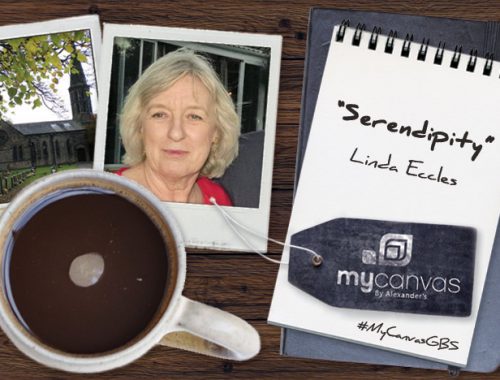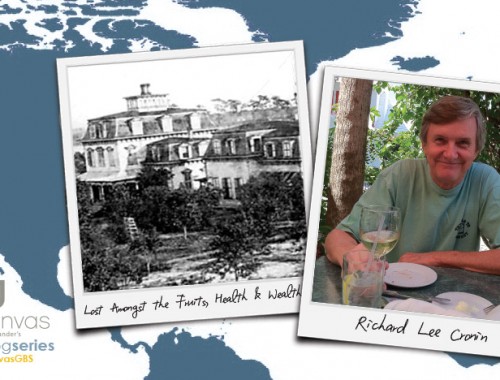A lot of people discover such rich and interesting stories in their family histories that they want to write them down. These family histories become more than just the dry facts; they bring real people to life. But writing, as any author will tell you, is an impressive and challenging endeavor. If you want to write better family histories, check out these tips to polish your prose and tell the best story you can.
Cliches to Avoid (Like the Plague)
Cliches are overused themes or phrases that might make us roll our eyes to hear them. They have long since lost any chance at originality, and they deprive the reader of getting a real, creative image or emotion.
Check your writing for phrases like:
- Tip of the iceberg
- Thick as thieves
- Like a kid in a candy store
- Avoid like the plague
- Floods of tears
Not every cliche is a bad thing. If used right, it can tell you something about how a person thinks and speaks; or a writer can use one for humor. However, this takes a lot of practice, and it’s best to start off avoiding cliches as much as possible.
Build Your Setting
Unpolished family histories or memoirs can easily fall into the trap of focusing only on one or two people. From this, authors risk getting a bland or cloying story. While your ancestors are–obviously–the focus of your family history, be sure to flesh out their surroundings. The region, the political climate, society, technology, and their extended friends or family make a story real. It takes some time, but it’s worth it to do the extra research on where they lived and its history. It’s also worth it to find out what historic events took place in their lives, and which might have influenced them. You may find an extra theme or narrative thread worth expanding on!
Know Your Ending
You don’t have to end your family history with your subject’s death. Starting at their birth and ending when they die, may not always present the strongest story. Find your theme, which could be family, religion, survival, or starting anew. Find the stories within your family’s lives that build on this theme, and end when those themes resolve–such as when they finally overcome the hardship of moving to a new country.
Finding your ending before you start will also help you create a stronger beginning. Here, you’ll know more clearly where you should begin, since that’s not always when your ancestor was born. The most powerful beginning and ending combinations are “opposite” each other in some way: oppression or slavery vs. freedom; unbelief vs. faith; loneliness vs. belonging. Find an opposite pairing like this to frame your family history, and you’ll immediately have a more engaging narrative.
Use Emotion to Its Best Effect
Like cliches, you must avoid melodrama if you want more effective emotional scenes. For example, rarely in real life does anyone react to an emotional event with huge gasps, screams, or fainting. If you are writing a scene that might belong to an old film, you may want to shift the way you write the emotion.
One of the biggest tricks to writing something sad is not to describe the same old cliches, like “tears flowing down his/her face.” If a tragedy occurred in your subject’s life, focus not on the melodrama, but on a small, heart-wrenching detail. This could be the tragedy of removing the items belonging to a family member from his or her room after their death.
The best way to tell if your prose is working? Read it aloud to yourself! You’ll be able to pick out awkward phrasing, repetition, or mistakes much more easily.



